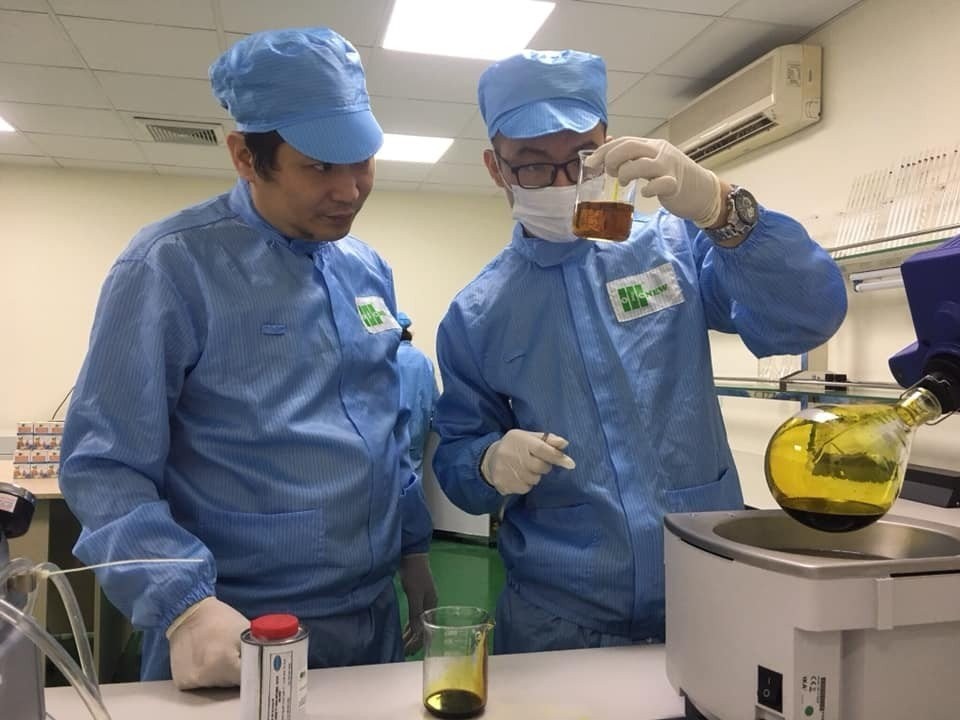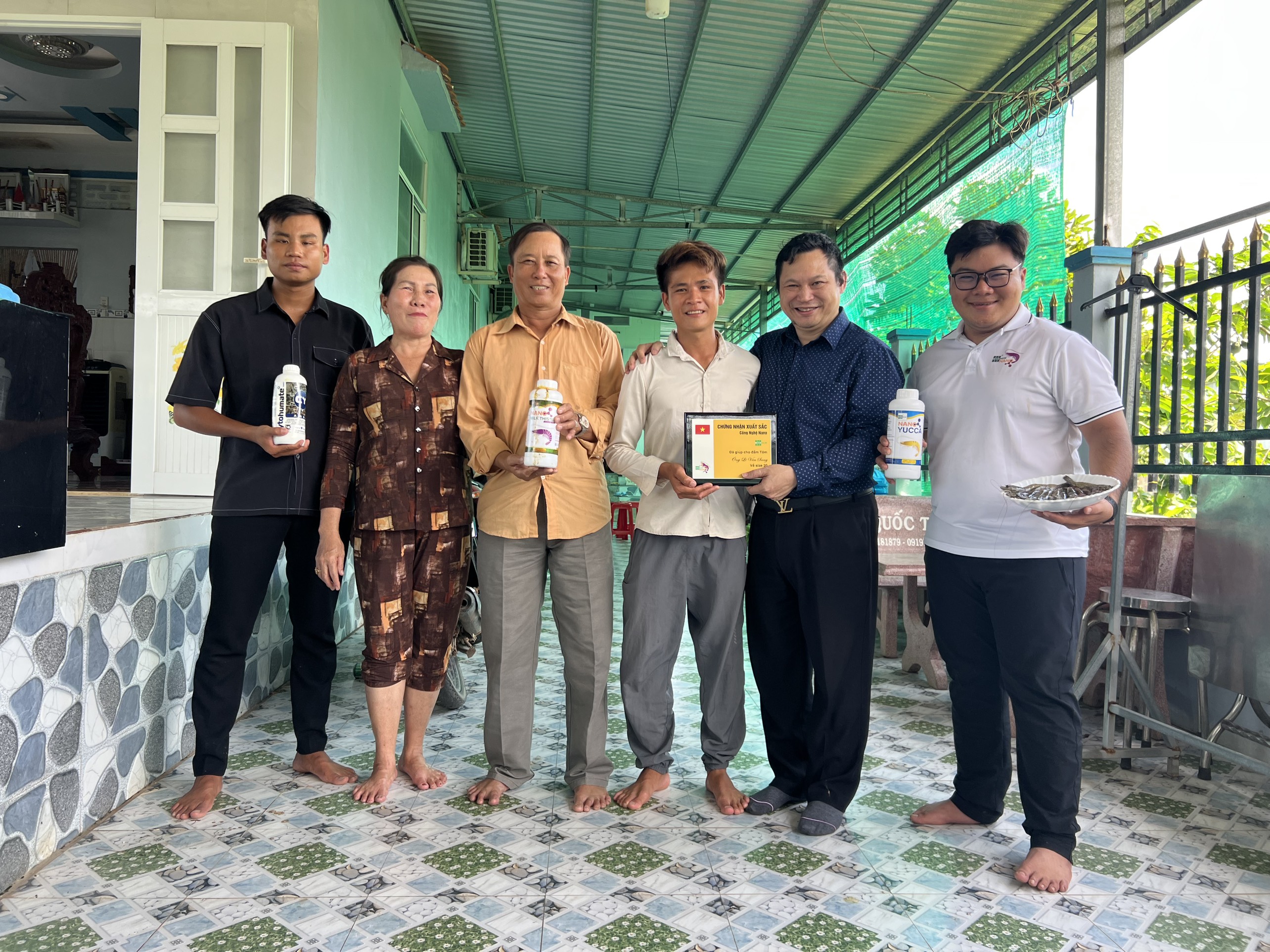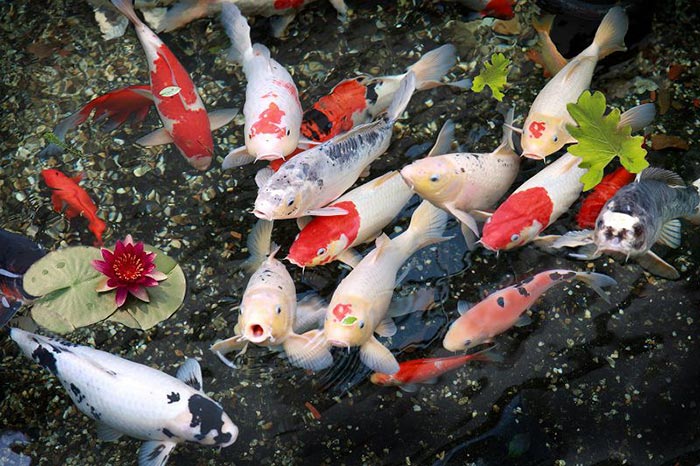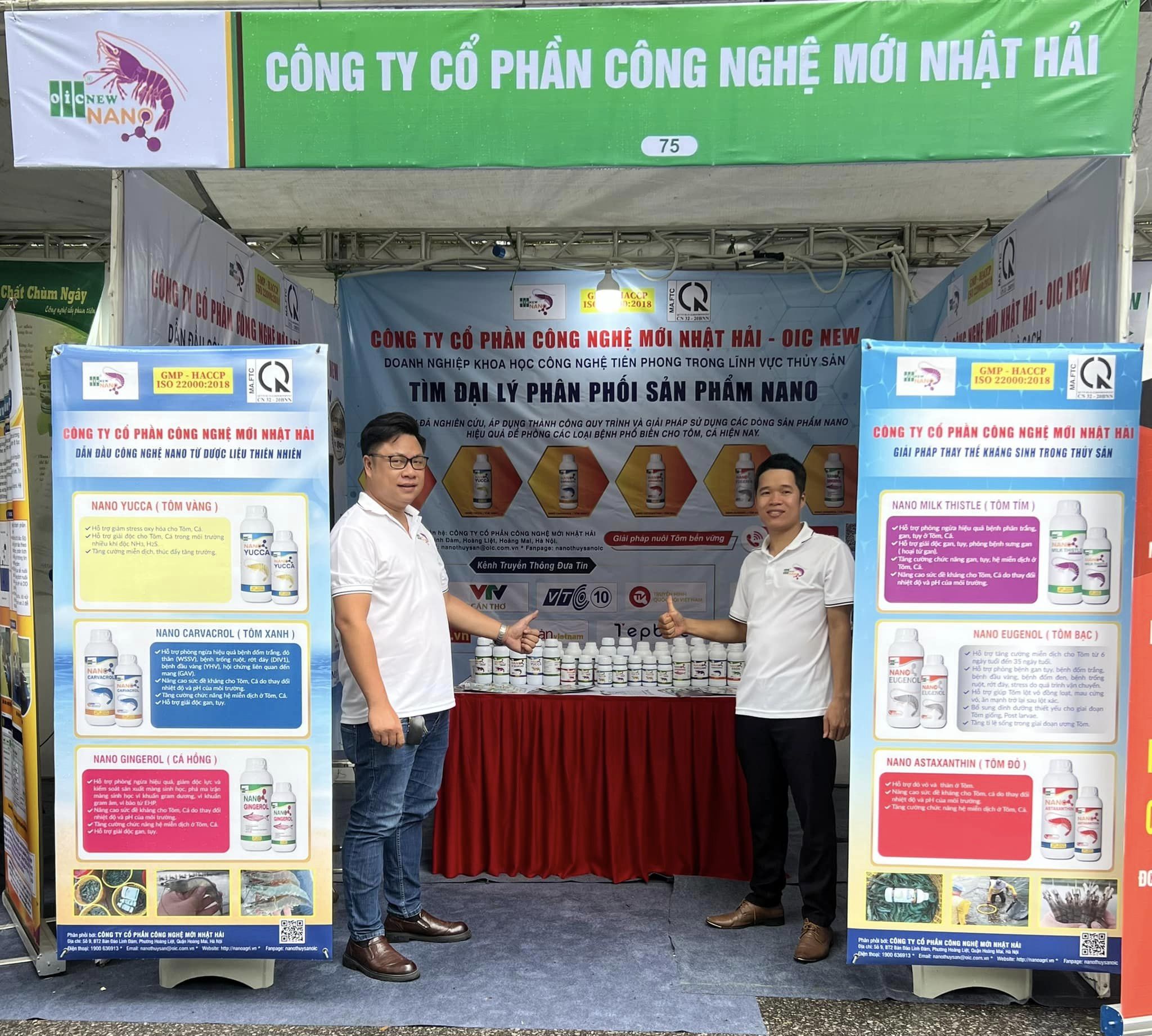Currently, the shrimp farming industry is facing many difficulties such as falling shrimp prices, increasing shrimp feed, increasing electricity prices, etc. In addition, a number of shrimp diseases are raging. Therefore, farmers should recognize and prevent promptly.
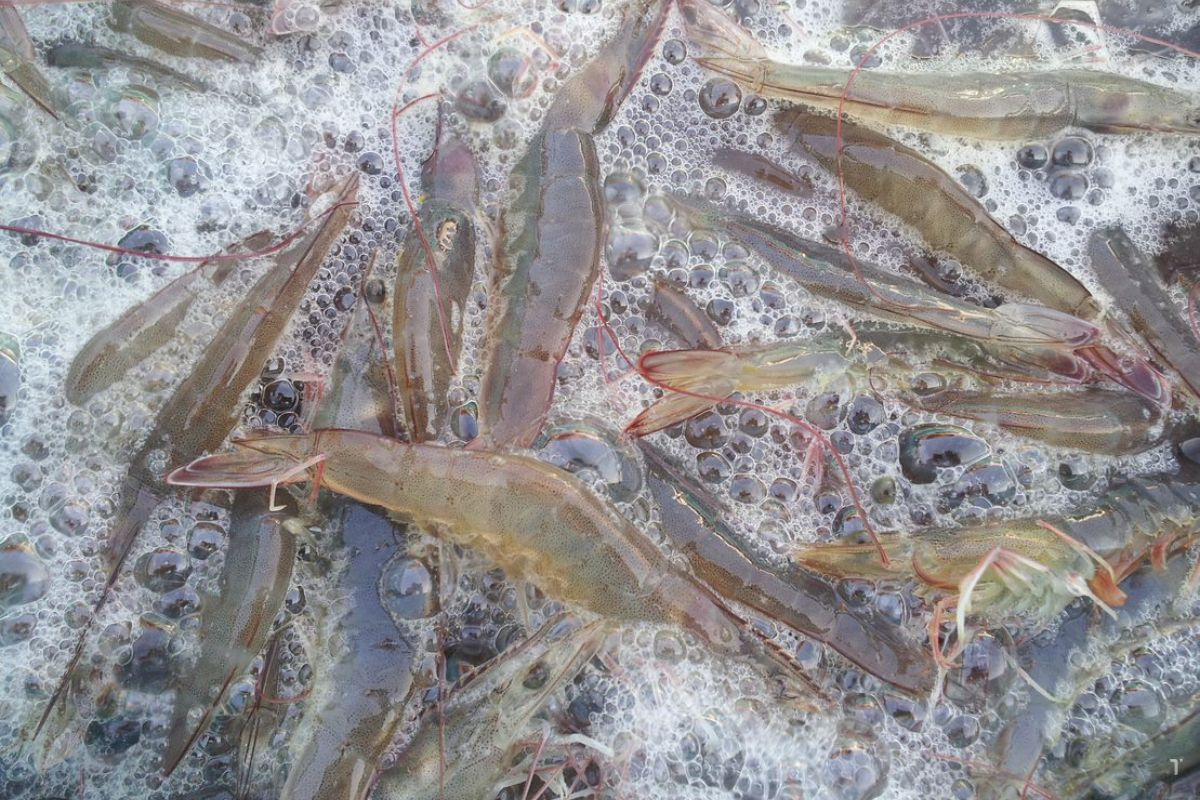
Recognize some common diseases in shrimp, helping farmers be more proactive in preventing diseases.
How to prevent common diseases in shrimp
Preventing diseases in shrimp is becoming a difficult challenge for shrimp farmers today. To ensure health, people need to choose clean, disease-free seed sources. Comply with the correct procedures and techniques for raising white leg shrimp. It is necessary to clean the pond periodically and proactively remove toxic algae in the pond. Ensure the best health for shrimp.
Through each stage of farming, farmers should provide appropriate amounts of food. At the same time, strengthen shrimp’s resistance by: Providing minerals and vitamins, necessary digestive enzymes, etc. mixed into the food in a certain ratio, and especially indispensable food supplements to effectively increase disease prevention for shrimp using nano technology such as: Nano Milk Thistle (Purple Shrimp), Nano Eugenol (Silver Shrimp), Nano Carvacrol (Green Shrimp).
Actively monitor climate change and water sources, check appropriate pH levels to take timely measures. In addition, farmers need to proactively recognize diseases that may appear on shrimp. In the next part of the article, OIC NEW would like to mention the 8 most common white leg shrimp diseases that people should pay attention to.
8 common diseases in white leg shrimp (Part 1)
Acute hepatopancreatic necrosis (EMS/AHPNS)
Cause of the disease: It is caused by a bacteria called Vibrio Parahaemolyticus which is highly virulent.
Symptoms of the disease: When shrimp get sick, the hepatopancreas shrinks and becomes pale. Shrimp intestines are hollow or broken.
How to prevent acute hepatopancreatic necrosis: Test the density of Vibrio bacteria in the water and soil of shrimp farming. If possible, it is recommended to intercrop tilapia or other fish species in the pond to create a microbial population. Besides, people should use the product Nano Milk Thistle (Purple Shrimp) which is effective in supporting the prevention of liver and pancreatic diseases in shrimp with the following main uses:
- Improves resistance for shrimp and fish due to changes in temperature and pH of the environment.
- Supports the prevention of white feces disease in shrimp.
- Supports the prevention of liver and pancreatic diseases in shrimp and fish.
- Enhance liver and pancreas function in shrimp and fish.
- Enhance immune system function in shrimp and fish.
- Supports liver and pancreas detoxification.
- Supports the prevention of liver swelling (hepatic necrosis).
Manual instruction:
- 2-3m/kg of food when preventing disease
- Feed for 7-10 days continuously and repeat after 3-4 days
- 5-7ml/kg of food during epidemics
- Feed for 7-12 days continuously and repeat after 1-2 days
Hematopoietic and epithelial necrosis (IHHNV)
Cause of the disease: Caused by a virus called Infectious Hypodermal and hematopoietic Necrosis Virus (IHHNV).
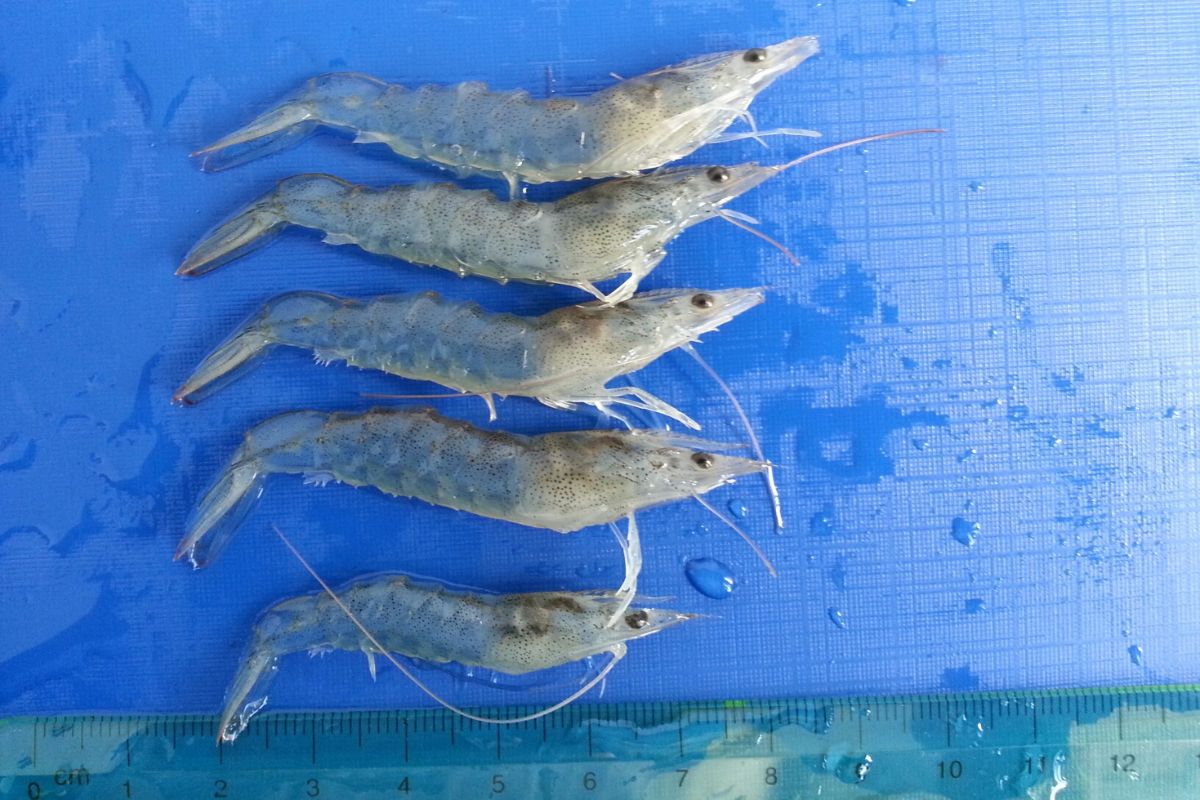
Necrosis of hematopoietic and epithelial organs.
Symptoms of the disease: When infected with white shrimp, growth will be reduced by 10 – 30%. Some parts such as the chest are deformed, the shrimp’s antennae are curled, the shell is rough and the shrimp looks stunted.
How to prevent necrosis of hematopoietic organs and epithelial organs: Similar to diseases caused by viruses. This disease still has no specific treatment. The best measure that people need to do is to reduce harm in 3 things: First is to control the breed, second is to improve nutrition for shrimp to increase resistance and finally closely inspect the water environment in ponds.
White spot disease (WSSV)
Cause of the disease: The virus that causes white spot disease on white shrimp is called White spot Syndrome (WSSV), parasitic in the shrimp body. The virus attacks many cell tissues, most commonly appearing in skin tissue cells. Once WSSV invades, it will cause the death of a series of shrimp individuals, from larvae to seed shrimp to adult shrimp.
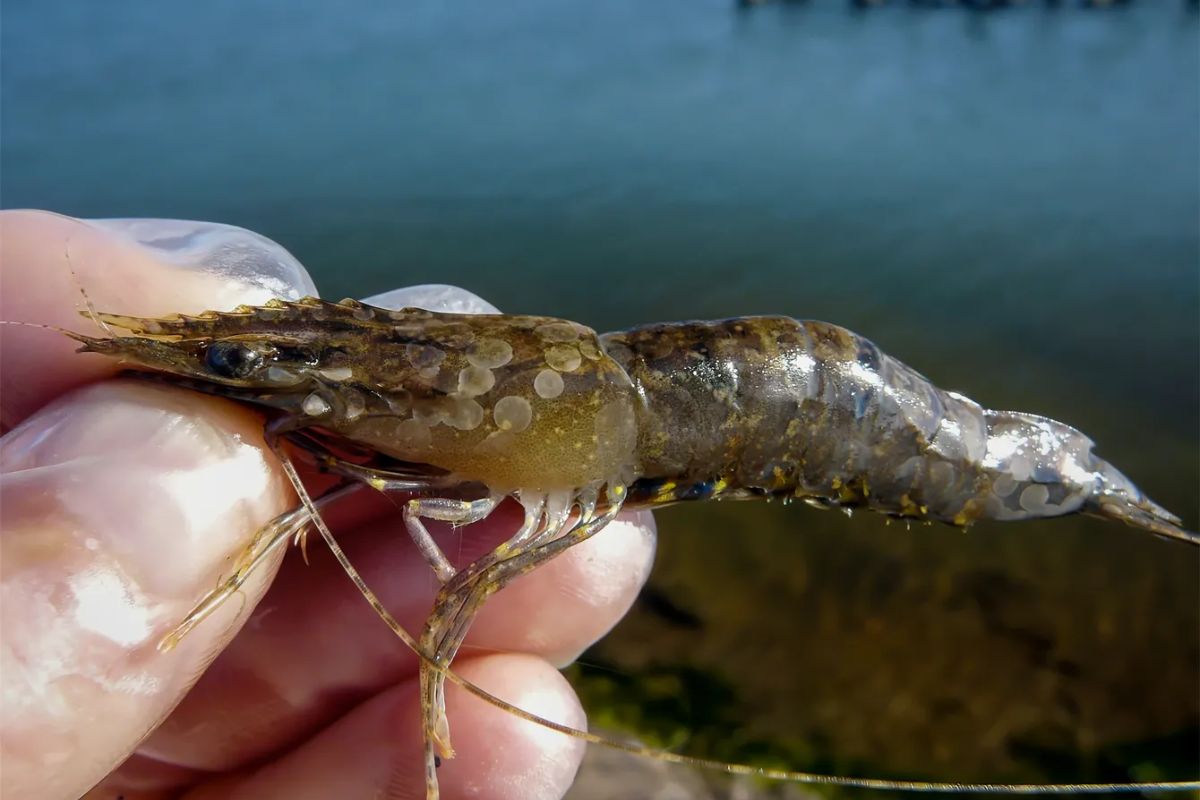
White spot disease is caused by White spot Syndrome Virus (WSSV).
Symptoms of the disease: Pathogens are present in shrimp or penetrate from outside through water sources or intermediate hosts. Once there is a lot of shrimp waste, the water source is polluted or due to weather changes, the shrimp becomes weak. Will create favorable conditions for pathogens to grow. The disease develops most at the change of seasons. Shrimp swim weakly, drift and eat poorly. When observed, round white spots appear under the chitin shell. Appears all over the body or in the cephalothorax, and the shrimp body appears purple. Shrimp can die 100% in just 3-5 days after showing signs of disease.
How to prevent white spot disease: There is currently no specific treatment method. Therefore, people must be more vigilant in preventing diseases. You should remove all dead shrimp from the pond. Use Chlorine at a dosage of 30kg/1000m3 or you can use 200 liters/1000m3 of formalin mixed with water to sprinkle evenly around the pond. Continue soaking the pond for 7 days before releasing it into the environment. When detecting the disease, farmers should harvest shrimp immediately to reduce damage to the lowest possible level.
In addition, people should use the product Nano Carvacrol (Blue Shrimp) which will help effectively prevent white spot disease in Shrimp, with the following main uses:
+ Supports effective prevention of white spot syndrome virus (WSSV).
+ Supports effective prevention of intestinal emptying and falling bottom disease (Decapod Iridescent Virus 1 (DIV1)).
+ Supports effective prevention of yellow head disease (YHV).
+ Supports effective prevention of Gill-associated Virus (GAV) syndrome
+ Improves resistance for Shrimp and Fish due to changes in temperature and pH of the environment.
+ Enhance immune system function in Shrimp and Fish.
+ Supports liver and pancreas detoxification.
How to use:
+ 0.2-0.3 ml/kg of food when preventing disease
+ Feed continuously for 7-10 days and repeat after 2-3 days
+ 0.4-0.5 ml/kg of food during epidemics
+ Feed for 7-12 days continuously and repeat after 1-2 days
Note: Do not exceed the allowed dosage
Red tail disease, also known as Taura syndrome
Cause of the disease: The disease is caused by a virus. Initially, this virus was classified as belonging to the family Picornaviridae, but in 2005 it was reclassified to the family Dicistrovirdae.
Symptoms of the disease: Red tail disease appears when shrimp are 2 weeks old until they reach adulthood. In the acute stage, they cause shrimp to grow slowly, have soft shells, and destroy the shrimp’s digestive system. The rate of spread is quite fast. Once the shrimp gets sick, the shrimp’s tail will swell and turn red. The red spots then turn into black spots on the epidermis. Once it enters the chronic stage, more Melanin-infected spots will appear.
Shrimp lose their appetite, become lethargic on the water surface, and huddle in ponds or shrimp ponds. The shrimp will die when molting. The hepatopancreas appears more yellow than usual, and the gills are swollen. This disease is very dangerous for vannamei shrimp, the incubation period is relatively short, the mortality rate of shrimp is up to 95%.
How to prevent shrimp red tail disease: Shrimp farmers need to apply comprehensive measures on management and environmental treatment of water in ponds. Must ensure the water source has been treated and filtered to not contain harmful pathogens.
Currently, there is no procedure or treatment for the disease. The disease will appear on shrimp until the shrimp dies. What people need to do is control the disease and minimize damage. The basic solution is to prevent the shrimp from molting during the illness. By reducing feed, maintaining pH above 8.0, constant aeration and maintaining the water environment at the best possible level.
To be continued….








